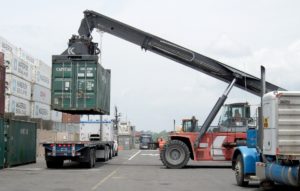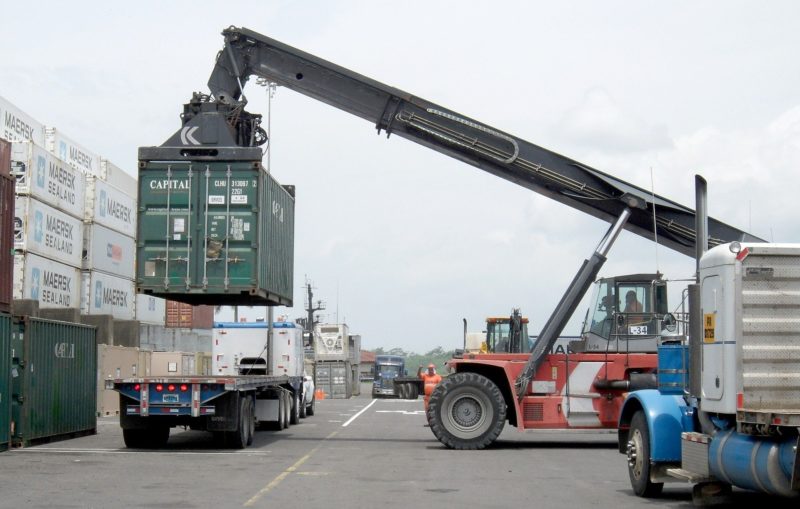
The Bureau of Customs (BOC) has updated its electronic-to-mobile (e2m) system to finally include other units of measurement besides kilograms (kg) in establishing the volume of different types of commodities and shipments.
This is in time for the implementation of the mandatory filling in of the supplemental units in the goods declaration of the e2m.
Customs Memorandum Order (CMO) 49-2019 signed on November 4 requires declarants to accomplish completely and properly the supplemental units under Box No. 41 of the goods declaration in the e2m.
Import Assessment Service (IAS) director Yasser Ismael Abbas, in a text message to PortCalls, said that for tariff headings under Annex A of CMO 49-2019, the e2m “will automatically reflect the unit of measurement as pieces…”
Under CMO 49-2019, pieces, as well as units, refer to a unit of measurement for number equivalent to an individual object or item regarded as a unit of a kind or class.
The new policy is designed to enhance BOC’s capability and effectiveness in monitoring importations, and to “properly assess and collect duties and taxes on imported articles.”
CMO 49-2019 covers all lodgment of goods declaration under the consumption entry (formal and informal) for HS codes (Harmonized Commodity Description and Coding System) listed in Annex A of the new order.
Annex A enumerates the commodities under the 6-digit tariff line (HS Code subheading) of the ASEAN (Association of Southeast Asian Nations Harmonized Tariff Nomenclatures (AHTN). It also covers commodities classifiable under the 8-digit tariff line (AHTN subheading) of the same 6-digit tariff line (HS Code subheading).
Customs commissioner Rey Leonardo Guerrero last September said BOC “will soon be implementing a new system of determining volume because currently… commodity shipments when it comes to volume, are measured in kilograms across the different types of commodities; even cell phones are measured in kilograms.”
Welcome development
Chamber of Customs Brokers, Inc. President Adones Carmona earlier welcomed the new development, noting that customs brokers have found it hard to justify to importers why BOC’s valuation is based in kilograms, even when this unit of measurement is inappropriate for the shipment and results in higher valuation.
Customs brokers have raised this issue with BOC in different fora.
IAS will be the office directly in charge of implementing CMO 49-2019.
The declarant, on the other hand, will be responsible for properly and accurately lodging the supplemental unit or the total number of pieces indicated in Box No. 41.
Declarant refers to a consignee or a person who has the right to dispose of the goods. Declarants include the importer, exporter, customs broker, or a person duly empowered to act as agent or attorney-in-fact for each holder.
If multiple commodities fall under a similar tariff heading, the declaration will be itemized per commodity. Therefore, commodities will be declared individually depending on the number of commodities on the attached rider of the goods declaration.
The Formal and Informal Entry Division or equivalent assessment unit will see to it that the declaration on the supplemental unit of goods declaration corresponds to the correct number of the imported goods as verified from the attached shipping documents such as packing list and bill of lading (B/L), among others. In case of error/discrepancy in the declaration, the customs examiner will update the goods declaration to reflect the correct number of units.
The assessment of goods per piece will be computed by multiplying the customs value with the number declared in Box No. 41 of the e2m goods declaration. For example, if a certain commodity has a customs value of US$10, and the specific number indicated in Box No. 41 is 100, the resulting total customs value will be $1,000.
Failure to comply with any provisions of CMO 49-2019 will be penalized accordingly pursuant to existing BOC rules and regulations. – Roumina Pablo







